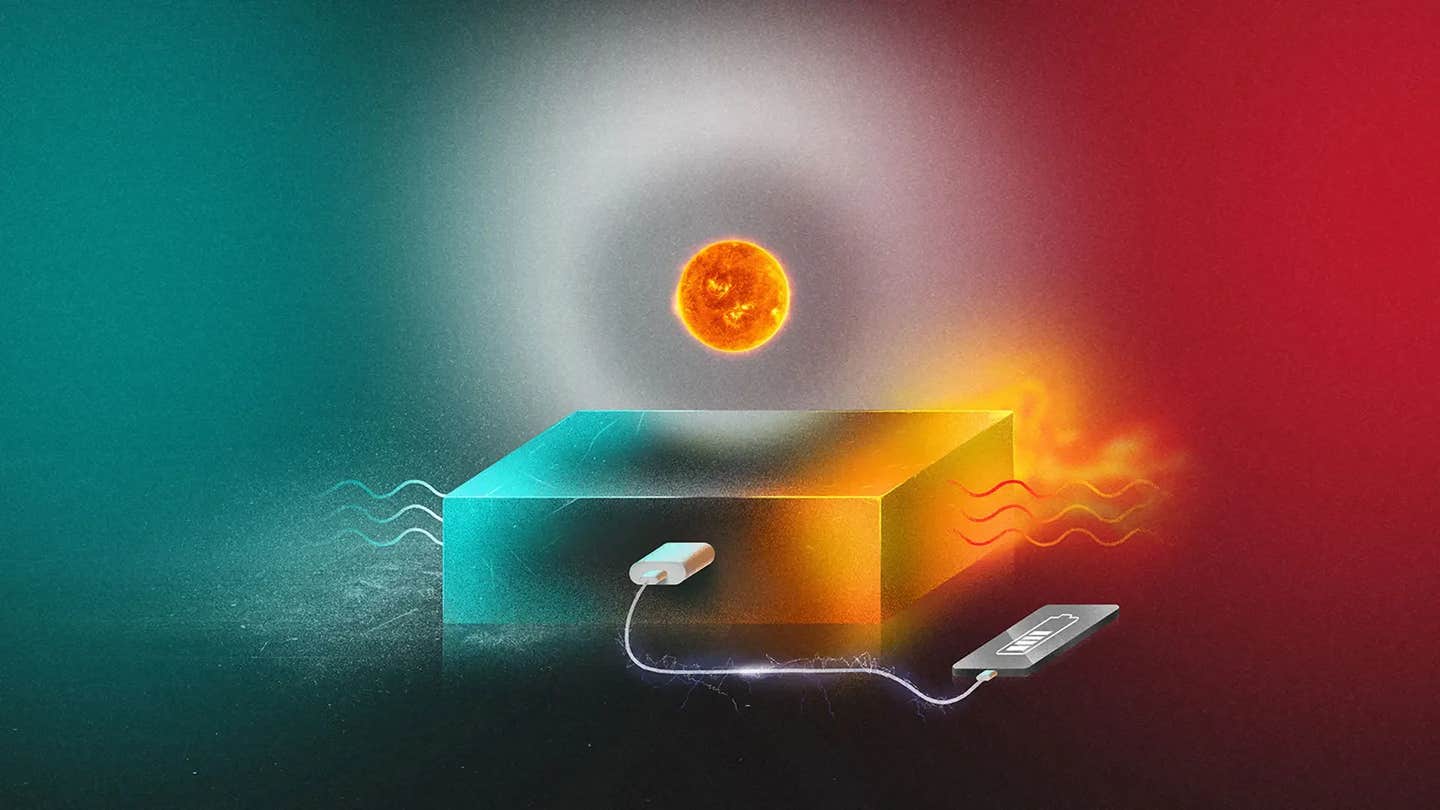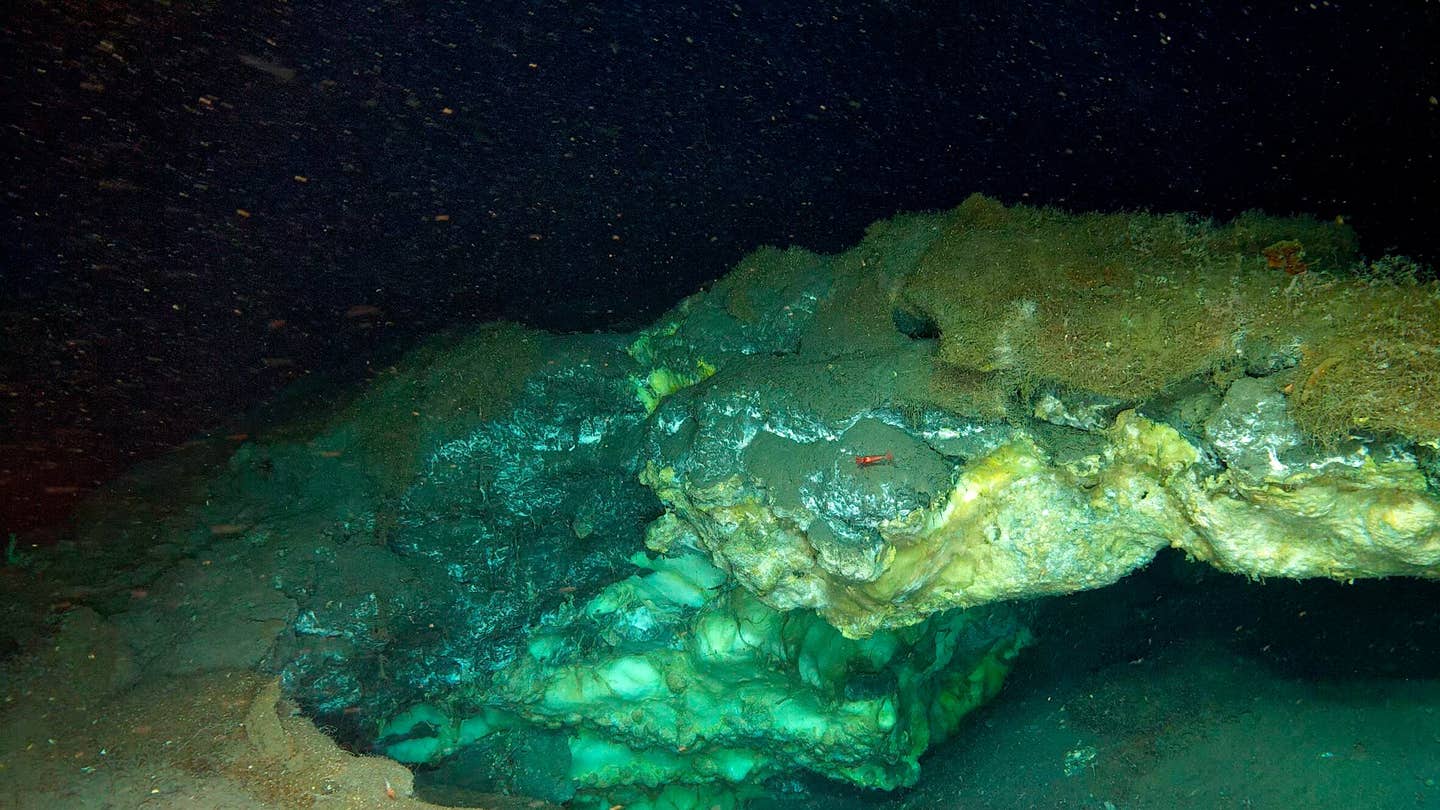New solar technology can capture, store and release solar energy wherever and whenever needed
Groundbreaking energy system capable of capturing and storing solar energy for extended periods, with the ability to release it as needed

The researchers behind an energy system that makes it possible to capture solar energy, store it for up to eighteen years and release it when and where it is needed have now taken the system a step further. (CREDIT: Creative Commons)
Researchers at Chalmers University of Technology in Sweden have advanced a groundbreaking energy system capable of capturing and storing solar energy for extended periods, with the ability to release it as needed.
Previously demonstrated for heat extraction, this system has now achieved the milestone of electricity production through integration with a thermoelectric generator. This innovation holds the potential for self-charging electronics using stored solar energy, as stated by research leader Professor Kasper Moth-Poulsen.
The technology, known as Molecular Solar Thermal Energy Storage Systems (MOST), relies on a specialized molecule designed to undergo shape changes upon exposure to sunlight. This process has garnered significant global interest for its potential applications.
Graphical Abstract. The photophysical properties of two MOST couples are characterized both in liquid with a catalytical cycling setup and in a phase-interconvertible neat film. (CREDIT: Cell Reports Physical Science)
Collaborating with researchers in Shanghai, the team sent solar-loaded molecules to be converted into electricity using a compact thermoelectric generator. Despite generating modest electricity amounts so far, the feasibility of the concept is evident, particularly for integration into devices like headphones, smartwatches, and phones, according to researcher Zhihang Wang.
One of the significant advantages of this technology lies in its carbon-neutral and emissions-free nature. However, extensive research and development are required before widespread adoption becomes feasible.
Efforts are underway to enhance the system's efficiency in extracting electricity or heat, as well as optimizing cost-effectiveness for broader deployment, notes Moth-Poulsen.
Related Stories
MOST operates through a closed energy system centered around a specialized carbon, hydrogen, and nitrogen molecule.
When exposed to sunlight, this molecule transforms into an energy-rich isomer, which can be stored in liquid form for later use. With advancements, the energy can now be stored for up to 18 years.
A tailored catalyst facilitates energy release as heat while restoring the molecule to its original state, enabling reuse within the heating system. The recent integration with a micrometer-thin thermoelectric generator expands the system's capabilities to include on-demand electricity generation.
Power generation of MEMS-TEG when hot water of different temperature flows through the copper tube at the hot end of the TEG. (CREDIT: Cell Reports Physical Science)
The study Chip-scale solar thermal electrical power generation is published in Cell Reports Physical Science. The article is written by Zhihang Wang, Zhenhua Wu, Zhiyu Hu, Jessica Orrego-Hernández, Erzhen Mu, Zhao-Yang Zhang, Martyn Jevric, Yang Liu, Xuecheng Fu, Fengdan Wang, Tao Li and Kasper Moth-Poulsen. The researchers are active at Chalmers University of Technology in Sweden, Shanghai Jiao Tong University and Henan Polytechnic University in China, as well as at the Institute of Materials Science in Barcelona and the Catalan Department of Research and Advanced Studies, ICREA, in Spain.
The research has been funded by the Knut and Alice Wallenberg Foundation, the Swedish Foundation for Strategic Research, the Swedish Research Council Formas, the Swedish Energy Agency, the European Research Council (ERC) under grant agreement CoG, PHOTHERM - 101002131, the Catalan Institute of Advanced Studies (ICREA), and the European Union's Horizon 2020 Framework Programme under grant agreement no. 951801.
For more science news stories check out our New Innovations section at The Brighter Side of News.
Note: Materials provided above by The Brighter Side of News. Content may be edited for style and length.
Like these kind of feel good stories? Get the Brighter Side of News' newsletter.



